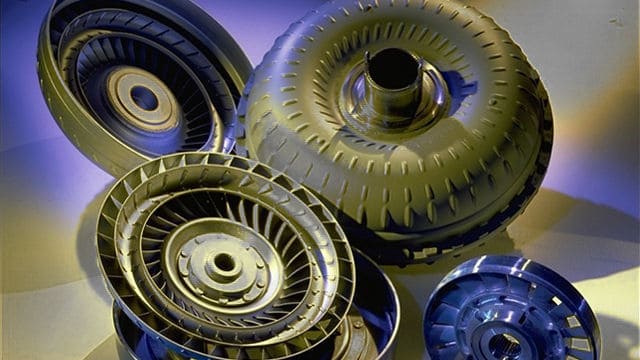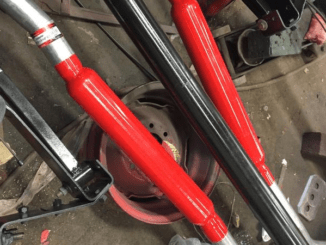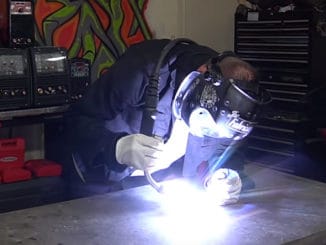
What does a torque converter do?
A torque converter is a fluid coupling device that transfers power from engine to transmission and multiply the torque being created by the engine.
See Also: Torque Converters ~ Understanding and Troubleshooting
There are three major components that make up a torque converter.
- The Fluid Impeller is the only part of the torque converter that is physically attached to the engine. The impeller creates fluid motion within the converter to create a transfer of power.
- The Stator redirects fluid flow towards the impeller.
- The Turbine Assembly transfers the motion between the engine and the transmission.
Another important aspect to understand is Stall Speed = RPM when the engine sends all available power to the transmission.
Torque converters have 2 different types of stalls that they can produce.
- The 1st type is Foot Brake Stall. Foot break Stall is an inaccurate way to measure torque converter stall.
- Flash Stall is the actual stall of the torque converter. Flash stall is always listed in range which is determined by different attributes such vehicle weight, gear ratio and tire size. The flash stall rating is the only true and most accurate stall rating that you will find on a torque converter.
A couple rules of thumb to take from this video are:
- First select a converter that stalls at 500 RPM higher than the camshaft. Converters installed in a big block engine usually stall 300 RPM higher than a small block.
- Choose a converter that will stall below the highway cruise RPM.
About Lock Up Torque Converters
This video covers the differences between lock-up and non lock-up torque converters, the anatomy of lock-up torque converters, and the advantages of using a lock-up converter.




